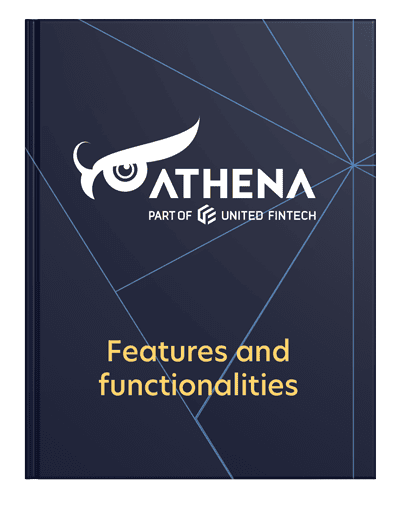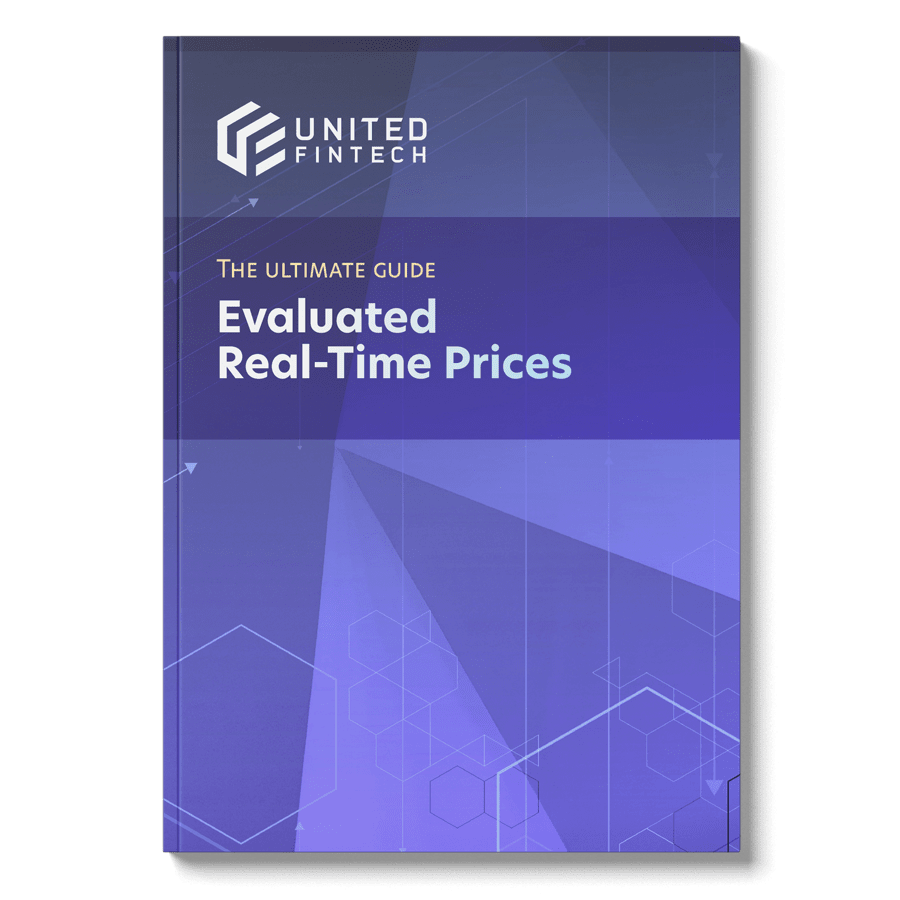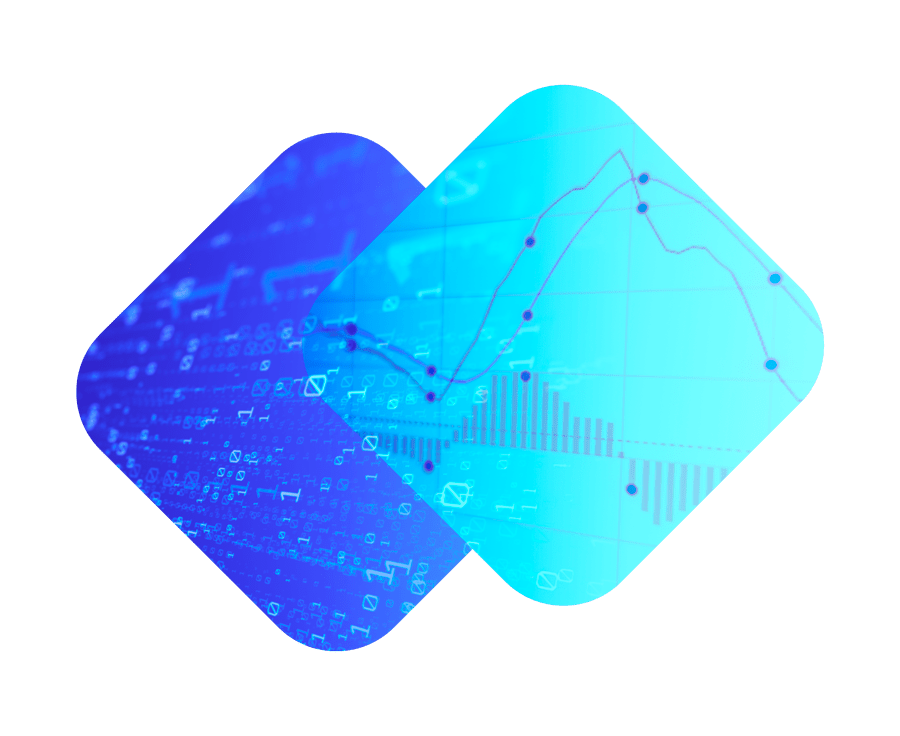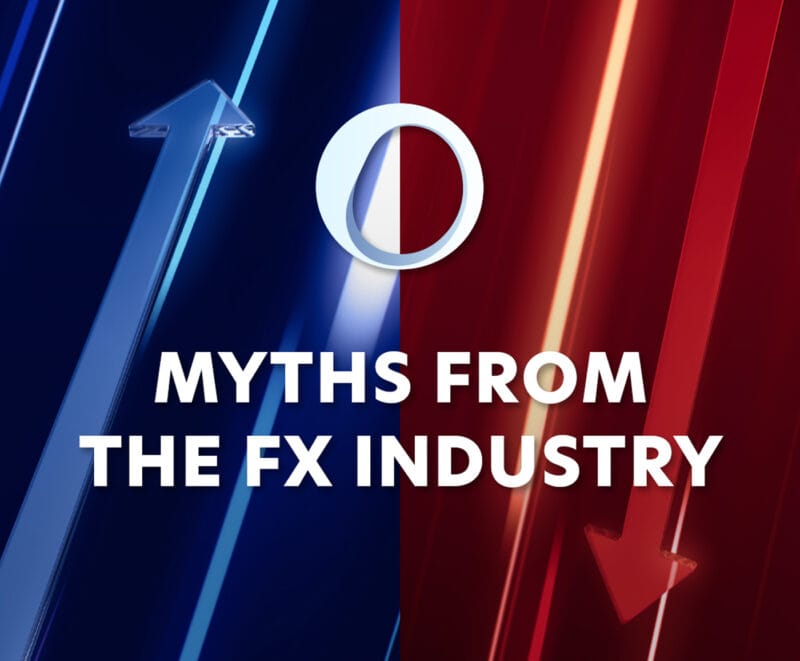The financial market data industry has always been a first-mover when it comes to technology. Still, every technology becomes obsolete eventually, saddling first-movers with legacy tech that can be hard to shake.
Starting in the 1870s, stock price information was upgraded from manual note-taking to electrical stock tickers which transmitted tape over telegraph lines, an early predecessor to modern computer printers. By the 1880s, more than a thousand New York bankers and brokers had stock tickers installed in their offices, ushering in the beginning of the real-time trading era.
Of course, ticker tape is obsolete today, only appearing for nostalgic parades in New York’s financial district. Starting in the 1960s, the financial industry switched to computer networks, setting the foundation for the market data industry we have today.
Still, a lot has changed since the 1960s, with most banks and brokerages depending on one or more stock market feeds to provide them with the data they need. Today the question is not whether to use a data feed — typically in the form of an API — but which one?
Read on to learn more about how stock market APIs function and which parameters to consider when searching for the best API. You can also take a look at our educational stock market API page for a more detailed deep-dive into stock market APIs.
Stream raw financial data — from real-time pricing to historical data to industry news — with NetDania’s Data Feeds and API solutions. Learn more.
What are stock market APIs?
Stock market application programming interfaces (APIs) are programming interfaces that provide a wide range of financial market data. Investors and traders use APIs to parse complex market data in a structured format, and developers can use APIs to enhance the functionality and richness of their own digital tools.
Without APIs, traders are forced to collect and analyze raw data from multiple sources — stock exchanges, indices, newswires, etc. — not all of which can be readily compared.
To manage the scale and the complexity of market data, most brokerage firms rely on various APIs to provide real-time as well as historical stock data to inform trading decisions.
Stock market APIs are different from financial data websites like Yahoo Finance or Google Finance, which provide only front-end access. Stock market APIs, by contrast, offer programmatic access that enables more customizable utilization by the end-user.
Who uses stock market APIs?
- Developers: For anyone building software in the financial industry, stock market APIs are a vital tool. They provide the data that feeds dashboards, data visualizations, and industry news apps as well as the trading algorithms that offer real-time trading suggestions.
- Traders: Pretty much any tool used by traders — whether via a brokerage or another online platform — is powered by stock market APIs. As a trader it’s vital that the APIs feeding into your platform are reliable and cover the data you need.
Want to dive deeper into the subject of stock market APIs? Then this page is for you!
Important parameters when vetting a stock API
Not all stock market APIs are created equal. Due to the vastness of market data as well as the many options available for analysis and data delivery, each API will offer something different.
These parameters can help you determine which API is the best fit for you as a trader, developer, or broker.
Market parameters
Data sources and scope
Most APIs will tell you what kinds of data they provide (exchanges, stock data, news, forex, options, commodities, economic data, and other alpha-generating datasets) so make sure to review that closely.
Also be sure that they’re not scraping public data, which is usually unreliable and may even be illegal.
Latency
This refers to the time it takes a data signal to be sent to its recipient. Lower latency means faster and more accurate data, and high-frequency traders invest heavily in low-latency networks.
Aggregated vs. exchange specific
Some APIs offer exchange-specific pricing data, while others aggregate data from multiple sources. It’s important that the data you use to inform your trading decisions matches your trading behavior.
Delayed, real-time, and historical data
Many free data providers offer delayed data, arriving 10-20 minutes after it has first been published, while most APIs charge a premium for real-time pricing data. Still others specialize in historical data, which helps map past trends and predict future outlook. Depending on your trading style, you’ll want one or more types of data.
Currency consistency
If you’re looking at international markets, it’s important to note when and how pricing data is converted into foreign currencies. Some APIs automatically convert all prices into one currency (USD, for example), which may or may not support your trading strategy.
Know your way around stock trading chart patterns to get the most out of your trading efforts. NetDania’s hugely popular information terminal NetStation gives you real-time alerts when it’s time to act on a pattern.
Technical parameters
Reliability & redundancy
Most stock market APIs are cloud-based, which means they’re highly scalable and come with built-in redundancies, ensuring maximum uptime. However, depending on where you are in the world, you may want to choose a provider located nearby, both for speed and regulatory concerns.
Security
In this industry, security is no joke. It’s important that your API providers use the most secure systems and servers available, which may depend on physical location (US vs EU, for example).
Scalability
Stock market APIs are built to handle large numbers of requests every day. Still, in a high-frequency trading environment, it’s important to check that the infrastructure is built to handle sudden spikes.
Request types
Depending on the frameworks you’re building on top of, it’s important that the APIs you use support the request type you want to use.
Common request types include: REST, JSON, XML, and SOAP
Data delivery formats
Similarly, it’s important that the data you receive is formatted in a compatible format for the rest of your systems.
Common delivery formats include: CSV, JSON, XML
Compatibility with Operating Systems
Depending on how you plan to use the API, it’s important it works with your desired operating system(s).
Common operating systems: Linux, Windows, Android, iOS
Compatibility with programming languages
Similarly, it’s important that the APIs you choose work within the programming environment you intend to use.
Common languages include: Java, Python, Javascript, PHP, ASP.NET, R
Reduce your market data costs by 90%. Get cost-effective stock market APIs without sacrificing quality. Learn more about NetDania’s data services.
Cost parameters
Request quotas
When it comes to pricing, request quotas are a big factor. Some APIs limit the number of requests you can make in a day, charging extra if you exceed your allocation. Others offer unlimited API requests, perfect for growth or volatile trading moments.
Package vs pay-per service model
Some APIs offer flexible pricing options where you pay only for the services you choose on a month-to-month basis. Others price everything as a bundle and may require longer-term contracts.
Get more for less with NetDania
NetDania is a leading provider of relevant industry news, real-time quotes, and stock trading charts, all offered through feature-rich and cost-effective data feeds and API solutions.
Already used by major brokers, currency managers, and analysts around the world, NetDania’s solutions allow users to retrieve any type of raw financial data from any combination of sources, including real-time pricing for a broad range of assets, such as indices, futures, stocks, and more — all based on more than one million OTC derivatives.
NetDania works with many alternative sources, providing a high-quality and cost-effective alternative to expensive legacy data providers. Customers can reduce their market data costs by up to 90% with NetDania’s curated collection of data sources, tailored to individual needs.
United Fintech offers the kind of data feeds and APIs industry professionals need through NetDania, a leading provider of industry news, real-time quotes, and stock trading charts.














